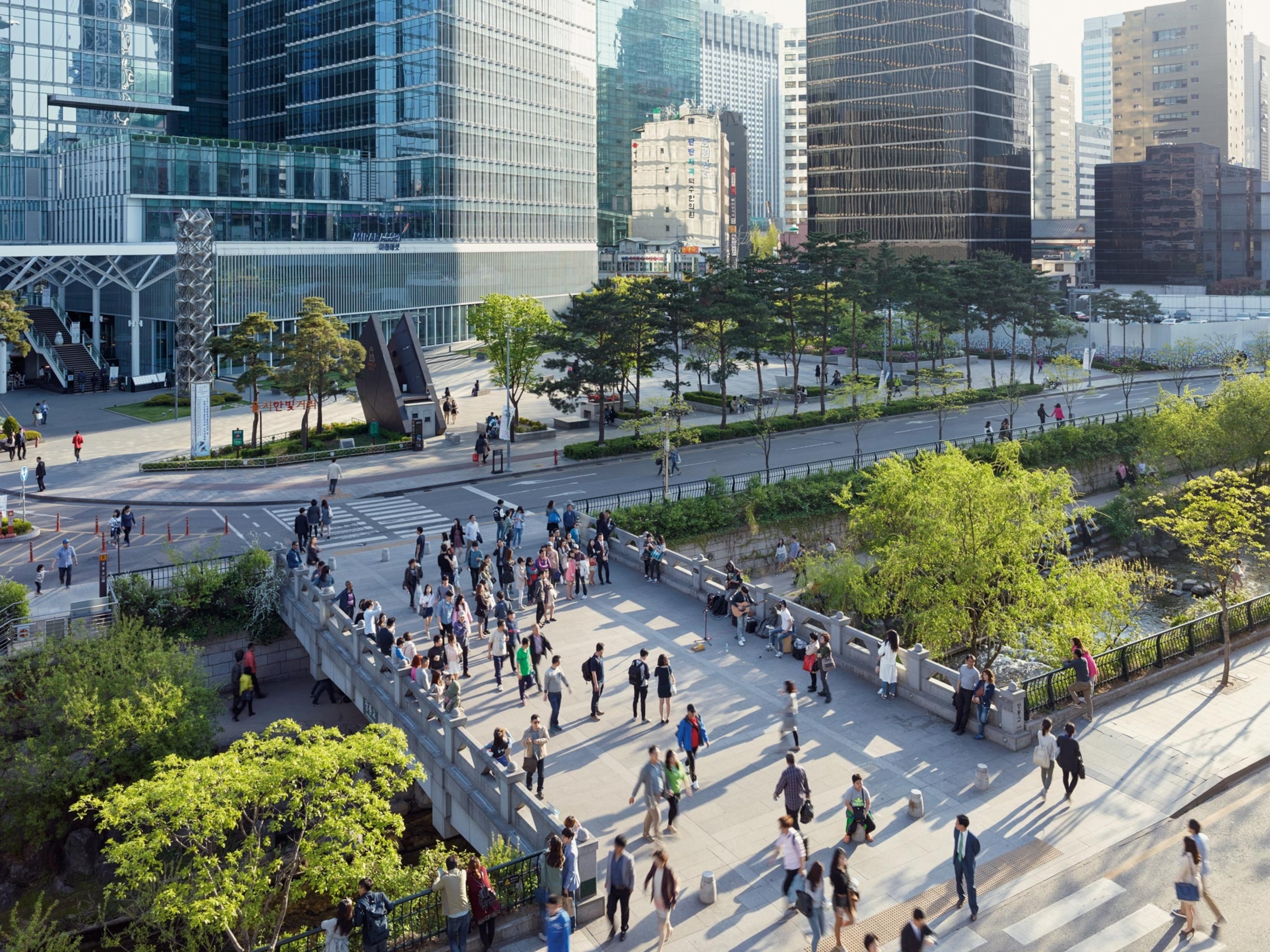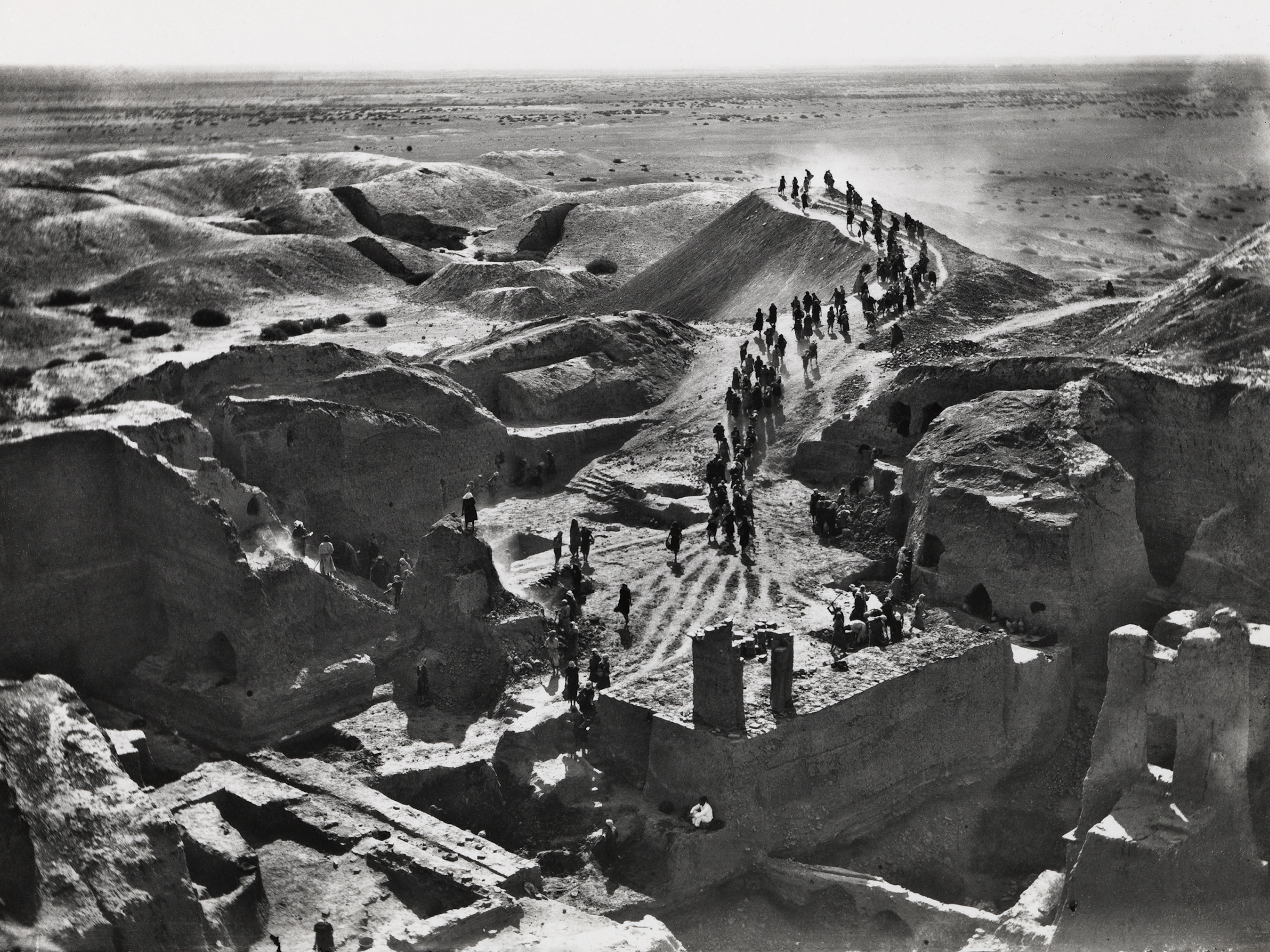
Maps Show How Tearing Down City Slums Displaced Thousands
In the 1950s and ‘60s, federally funded projects displaced hundreds of thousands of people in American cities.
Urban renewal projects changed the landscape of American cities in the 1950s and ‘60s. The federal government gave cities billions of dollars to tear down blighted areas and replace them with affordable housing. Or at least, that’s what was supposed to happen.
In many places, there was a net loss of housing as city leaders decided instead to build offices or shopping malls, or to expand hospitals and universities. Urban renewal projects displaced more than 300,000 people between 1955 and 1966, and the burden fell disproportionately on people of color, according to a new analysis by the Digital Scholarship Lab at the University of Richmond, which has created a new website called Renewing Inequality packed with interactive maps and statistics on urban renewal projects.
“What we’ve captured undoubtedly underestimates the number of people who were displaced,” says Robert Nelson, the lab’s director.
Nelson and colleagues combed through more than a decade’s worth of federal documents describing thousands of urban renewal projects. One thing that stood out, Nelson says, is that these projects weren’t limited to big cities: Most were carried out in cities of 50,000 people or fewer, and many were done in even smaller places. “It’s not just Chicago and New York,” he says. “It’s Fairbanks, Alaska, and Coos Bay, Oregon.”
So far the team has mapped about 600 urban renewal projects. On the website, you can search for a city or town and see maps of the renewal projects and charts depicting how many people were displaced, broken down by race (the available records only distinguish white from non-white). In cities like Philadelphia, Detroit, and Atlanta, more than two-thirds of those displaced were people of color.
Many of the projects targeted areas that had been redlined in previous decades. Redlining, now used to refer to economic discrimination against neighborhoods predominantly populated by racial or ethnic minorities, was originally the result of a federal program intended to shore up the housing market after the Depression. Local real estate agents and bankers working for the program rated neighborhoods according to the risks they posed to lenders (redlining was also the subject of a previous mapping project by the Digital Scholarship Lab). This project resulted in systematic discrimination because many minority neighborhoods were marked red—hazardous to lenders—which made it difficult or impossible for people living there to get a loan to buy or maintain property. This in turn contributed to the neighborhoods’ decline.

“Redlining created the crisis that urban renewal was created to solve,” says Brent Cebul, an urban historian at the University of North Carolina, Charlotte, and a co-author of Renewing Inequality.
These projects often caused new problems for the people they displaced, Cebul says. “If it was an African-American community, they more often than not ended up crowding into other African-American communities,” he says. In neighborhoods in Chicago and Cleveland, for example, schools became so overcrowded that they had to operate on two shifts, with some kids going to school in the morning and others in the afternoon. “Conditions were really intolerable in a lot of these neighborhoods where people ended up,” Cebul says, and many of them became flashpoints in the race riots of the mid- to late-’60s.
The benefits of urban renewal often flowed to better-off white suburbanites, who benefited from faster commutes to their city jobs on newly built highways, as well as from new office buildings, shopping centers, and venues for sports and entertainment like New York City’s Lincoln Center. “The question of what cities are for and who they’re for was really born through the urban renewal projects,” Cebul says.
Nelson hopes to continue to expand the maps to include more urban renewal projects with help from the public. Anyone with maps or local knowledge of urban renewal projects in their hometown is encouraged to get in touch through the website. Nelson also hopes the project will prompt people to confront the lasting impacts of urban renewal in their communities. “It’s a history project, but it has a social justice aspect,” he says.
If you’re interested in urban mapping, check out our previous post on redlining maps.
Follow All Over the Map on Twitter and Instagram.





